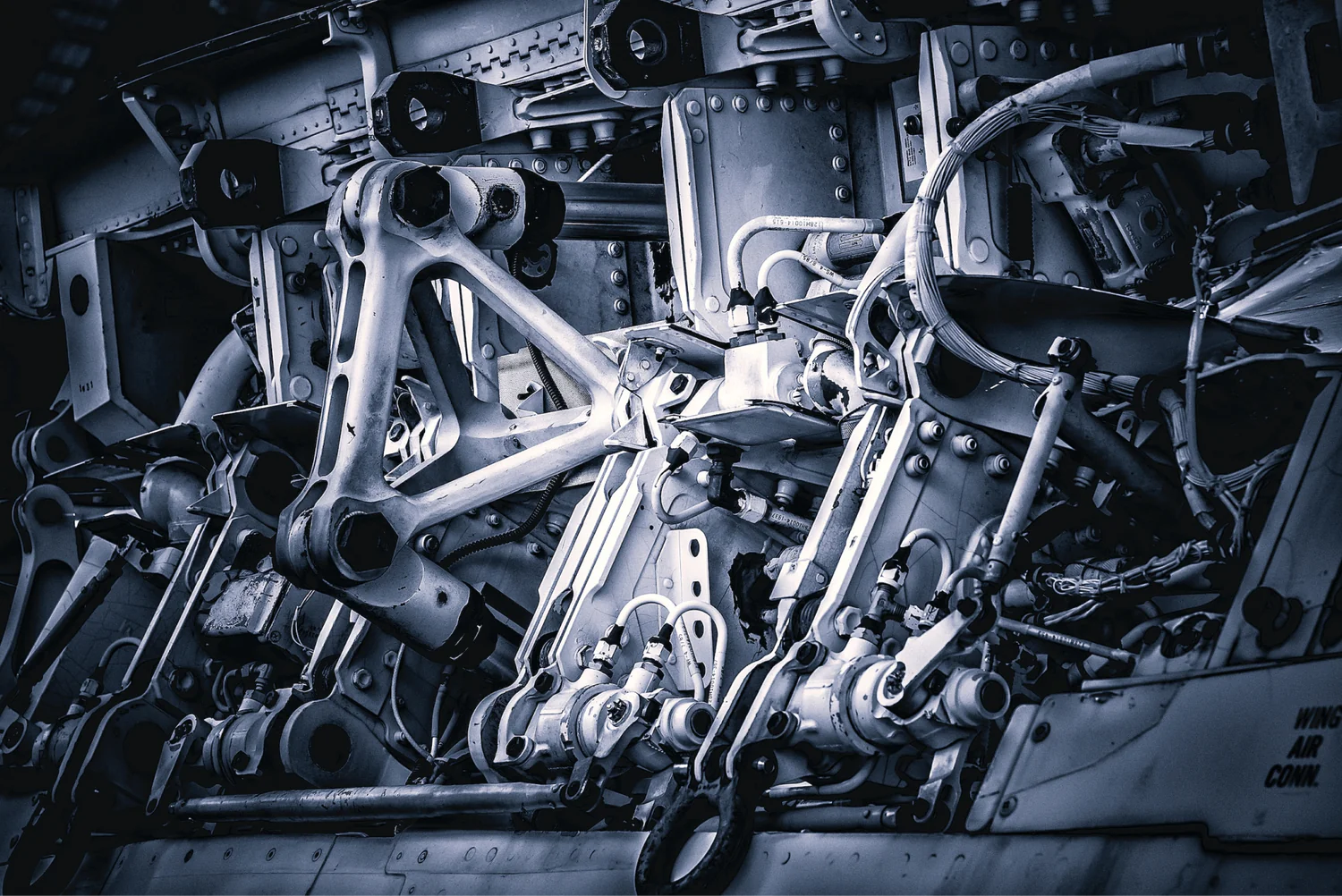It’s a common misconception for people to think that a particular fuel pump “puts out” a specific pressure. Though some pumps are pressure limited, which we’ll explain in a moment, the fact is no pump “puts out” any pressure. What a pump does do is put out flow. And what it needs to do is put out the necessary flow when regulated up to the required pressure for a particular application.
All electric pumps have a flow curve that changes with pressure. Not all companies advertise or provide these flow curves, which can make evaluating a fuel pump for a particular application virtually impossible. At Aeromotive we understand that a pump’s flow curve across a range of pressure reveals crucial performance characteristics about any pump, so when we quote flow, we always provide the test pressure and voltage. When you read how much an A1000 flows at 43 PSI, you’re being given vital information that is in the proper context; how much flow at what pressure. This doesn’t mean the pump “puts out” 43 PSI.
There are basically two types of pumps used in automotive fuel systems, those that are pressure limited, for use with a static (non bypass) regulator, and those that are not pressure limited, and which must be used with a dynamic (bypass style) regulator. Pressure limited pumps are almost all intended for use with carbureted engines, and the static style carburetor regulators designed for 3-12 PSI. What happens with a pump like this is that when the flow is blocked by the regulator to prevent high pressure from flooding the carburetor, a bypass at the pump opens to prevent pressure from going too high at the pump.
Some pressure limited pumps have an internal bypass (usually the lower flow, street/strip type) that opens around 15 PSI and allows the flow from the outlet port to travel through an internal passage in the pump, back to the inlet port. The higher flow, racing specific pumps often feature an external bypass, set for 18-24 PSI. Here a return line is run from the fuel pump back to the top of the fuel tank so that when the maximum pressure is reached the excess flow returns to the tank. Either way, these pumps are not intended for use in high pressure, EFI systems, even if the bypass is blocked to force pressure higher.
Many Aeromotive pumps are of the “non pressure limited” type, including the A1000 for example. This type of pump cannot be used with a static (non bypass) regulator, because to stop the flow coming from the pump completely would drive fuel pressure to 100-PSI or higher, creating excessive current draw and heat, and potentially damaging the pump permanently. Non pressure limited pumps can be operated in both low (carbureted) and high (EFI) pressure systems, as long as the proper bypass regulator is used.
Aeromotive, adjustable bypass regulators are available to use with non pressure limited pumps that can handle flow from small to large pumps, and that can create and maintain pressure from carbureted to EFI levels. Most EFI regulators are adjustable from as low as 30 PSI to as high as 70 PSI, so those who want 43 PSI for the fuel rail will be able to use the same pump and regulator combination as those who want 60 PSI. Just be sure the pump provides the necessary flow at the pressure you need.













